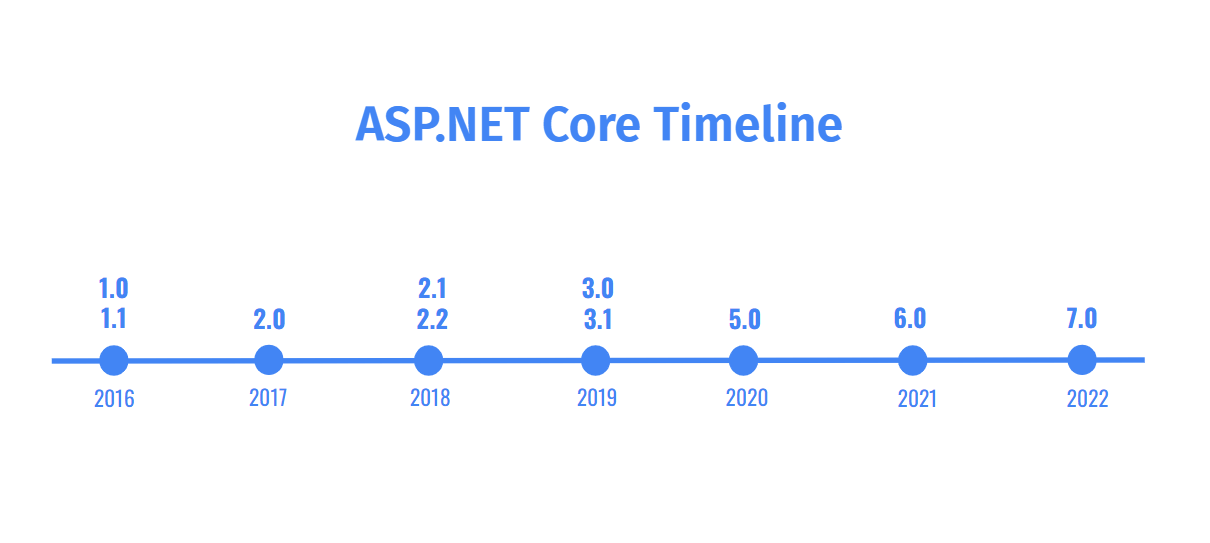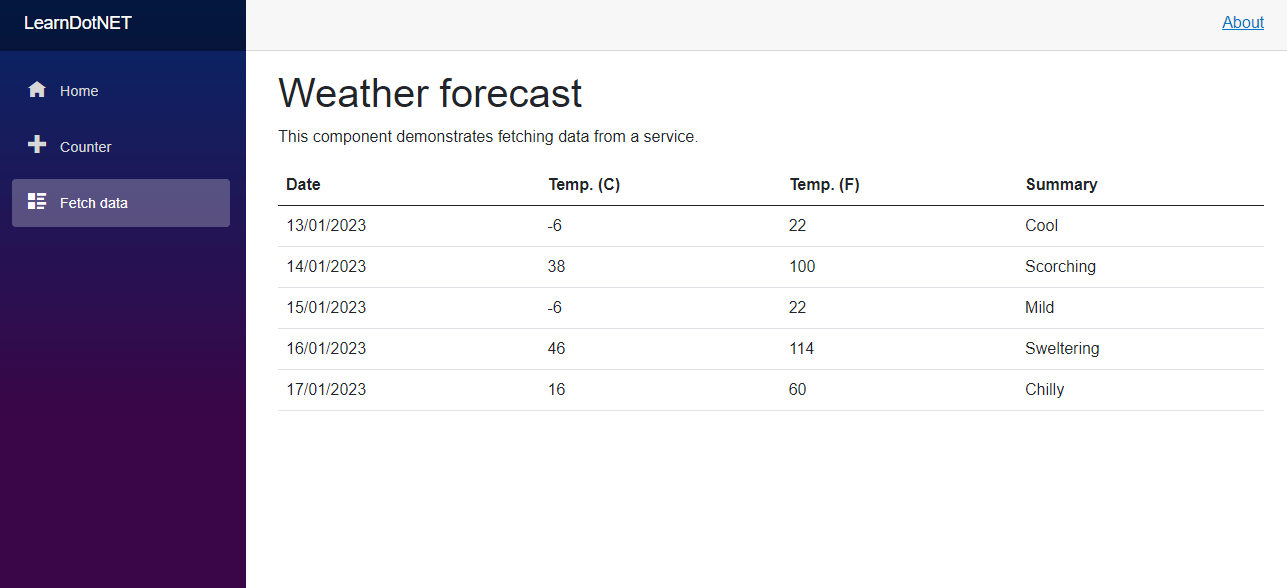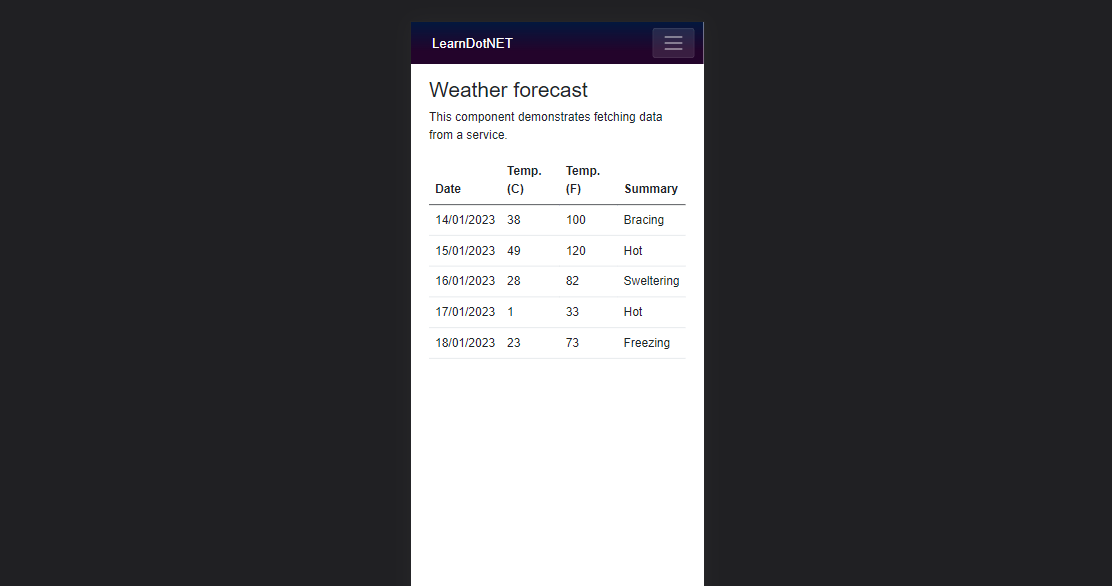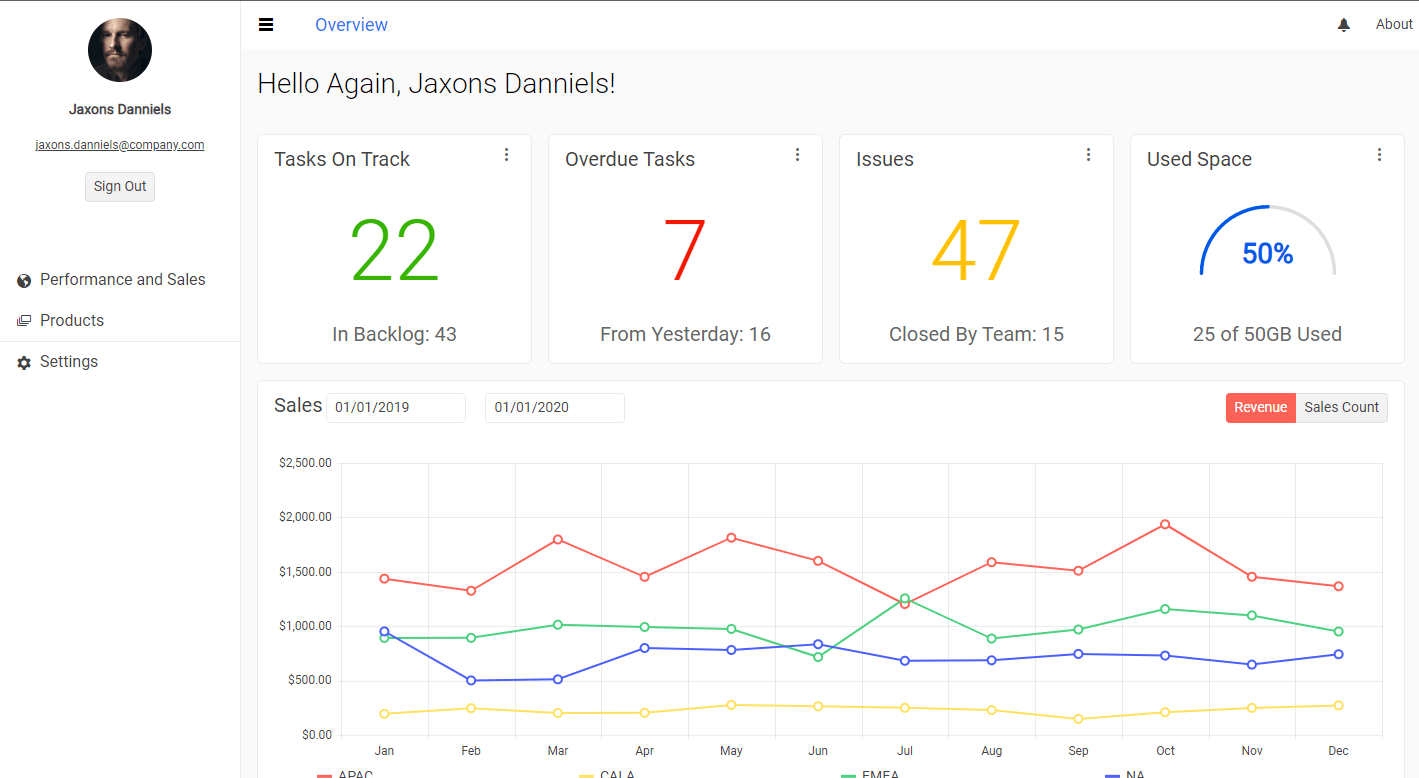ASP.NET Core Basics: ASP.NET Core Overview

A world of possibilities—ASP.NET Core is one of the many features that make up .NET. Check out this first post of the “ASP.NET Core Basics” series for an overview of all the possibilities available in ASP.NET Core.
ASP.NET Core is currently one of the most used and well-regarded technologies in the software development market due to its high performance and ease of creating modern, cloud-ready web applications.
In this first article of the series “ASP.NET Core Basics,” we will have an overview of ASP.NET Core covering the main topics of one of the most famous Microsoft technologies.
What is ASP.NET Core?
ASP.NET is a popular web development framework used to build web applications on the .NET platform. It allows the creation of scalable, high-performance web applications that meet the most demanding needs of the software market.
ASP.NET Core is an open-source, high-performance version of ASP.NET that runs on multi-platform Windows, Linux, macOS and Docker and receives new releases annually.
ASP.NET Core has several versions that can run side by side without compromising each other, so legacy applications can evolve as needed, without impacting what is already consolidated.
It also has a huge documentation, which is constantly updated, and has several guides and tutorials aimed at beginner developers.
The History of ASP.NET Core
The first version of ASP.NET Core was released on June 27, 2016, to replace the .NET Framework 4x. Despite using the .NET Framework as a base, ASP.NET Core was an entirely new platform with architectural definitions that made it modular and scalable. In addition to performing complex tasks with high performance, it brought an open-source, cross-platform web framework.
That was the perfect formula found by Microsoft to leverage its leading technology for the web—so much so that it is kept in constant evolution today.
The great difference that ASP.NET Core brings to reduce processing and drastically increase performance is the fact that it was architected in a modular way using minimal overhead. That is, it uses only what is necessary for the base application to run and, if necessary, other more advanced features can be added as NuGet packages, resulting in performance gains with far less ceremony and resource usage than .NET Framework versions.
A curiosity is that initially ASP.NET Core was launched with the name ASP.NET 5.0, but soon it was renamed to ASP.NET Core 1.0, which was very well accepted by the community that saw the change as a great opportunity to differentiate the new technology from the old version 4 of the .NET Framework.

ASP.NET Core Today
Since its first version was released in 2016, ASP.NET Core has constantly evolved thanks to Microsoft’s efforts to bring constant improvements in issues such as performance, optimizations, and less ceremony, with templates that are increasingly simple to implement.
At the time this article was written, ASP.NET Core is at version 7.0, which was officially released on November 8, 2022, and brings even more improvements such as single-schema authentication, filters, typed results, grouping routes for Minimal APIs, client results for SignalR, handling location and navigation state change events for Blazor, and many others. You can check the complete list here: ASP.NET Core - 7.0 release notes.
The most recent versions of ASP.NET Core have greatly facilitated the routine of developers, as one of Microsoft’s main objectives is to make it even simpler, allowing the creation of more robust applications with less effort, thanks to its increasing simplicity and optimization.
Why Adopt ASP.NET Core?
Millions of developers use or have used ASP.NET 4.x to build web applications. ASP.NET Core is a redesign of ASP.NET 4.x that brings significant changes through a modular and simplified architecture.
Below is a list of advantages when adopting ASP.NET Core:
- A unified platform for building web UI and web APIs.
- Testability-oriented architecture.
- Coding page-focused scenarios easily and productively with Razor Pages.
- Integration of modern client-side frameworks and development workflows.
- ASP.NET Core is cross-platform—runs on Windows, macOS and Linux.
- Open-source and community-focused.
- Support for hosting Remote Procedure Call (RPC) services using gRPC.
- Built-in dependency injection.
- Cloud-ready environment-based configuration system.
- Lightweight, high-performance and modular HTTP request pipeline.
- Hosting technologies such as Kestrel, IIS, HTTP.sys, Nginx, Apache and Docker.
- Tools that simplify modern web development.
- Use Blazor to share server-side and client-side application logic, plus the ability to use C# in the browser along with JavaScript.
What Can You Do with ASP.NET Core?
ASP.NET Core has a complete sets of technologies and tools that allow the developer to feel free to bring any imaginable web system to life, from the simplest to the most complex.
Want to build web APIs and web apps with a unified, test-driven architecture? With ASP.NET Core’s native MVC (Model-View-Controller) pattern, you can!
Do you want to create a web page with C# side by side with JavaScript, sharing the logic between the client and the server? With Blazor, you can!
There are countless possibilities when using ASP.NET Core.
Below is an example of a Blazor application that, with a few clicks or commands, is ready to be used!

Another advantage is that it has a responsive design for mobile devices.

Types of Applications That Can be Built in ASP.NET Core
Below are the types of applications that can be created with ASP.NET Core:
- Web applications: Web apps are deployed on a web server and accessed from an internet browser using the HTTP and HTTPS protocols.
- Mobile apps: Mobile applications can be used on smartphones and tablets. They are classified into two categories: web-based apps and hybrid apps.
- Web-based apps: Apps that are web-based require no installation and can be accessed through a mobile browser.
- Hybrid apps: Like native mobile apps, these are installed on the device but internally run web apps within the app container.
- Web Services: Services that connect to the client via an address (URL) and can use SOAP, XML and HTTP(S) protocols to access other services and applications.
- Internet of Things (IoT) applications: These are implemented on Internet of Things devices and can be built with two-way communication for any industry, including smart homes and buildings, industrial automation, automotive, wearable technology and healthcare.

Save Time with Third-Party Libraries
ASP.NET Core has a huge range of third-party libraries that can be added via NuGet packages.
Through these libraries, developers can save time by using ready-made components and functions, which otherwise would need to be implemented from scratch.
One of the best and most complete libraries for ASP.NET Core is Progress Telerik UI for ASP.NET Core.
Telerik UI for ASP.NET Core has more than 110 ready-made components for any user interface scenario, which can be used for any need, navigation and layout, data management and visualization, editing, interactivity and much more.
Telerik UI for ASP.NET Core also comes with a variety of professionally designed built-in and customizable themes, as well as Telerik Sass ThemeBuilder, which offers an exceptional UI.
See below an example of a dashboard made with Telerik UI for ASP.NET Core.

ASP.NET Core is Also for Beginners
If you are thinking about starting to learn to develop in ASP.NET Core or have already taken the first step, know that you are very welcome!
The latest versions of ASP.NET Core and .NET as a whole demonstrate how concerned Microsoft is with making it a potential choice for beginners in web programming.
This is evident through the various improvements implemented such as familiar patterns and paradigms, simplification of the C# language by bringing more and more extension methods with ready-to-use functions, such as the new methods Order()
and OrderDescending() available in C# 11, in addition to the reduction of ceremonies when creating applications, such as Minimal APIs, that can be implemented with few lines of code.
Another important detail is that new developers can count on an excellent integrated development environment (IDE) to be able to start their learning on the platform in the best way. Visual Studio counts with a user-friendly design and free version for students, open-source developers and individuals.
Visual Studio is available for Windows and Mac and has all the resources for the user to become better familiar with Microsoft development technologies as it has several visual resources, such as installing packages and creating templates, as well as customization options such as themes and colors.
For Linux developers, Microsoft has Visual Studio Code which is another great IDE that is already well-established and loved by the web development community that can be used perfectly to develop in ASP.NET Core.
Conclusion and Next Steps
In this first article of the series, we had an overview of ASP.NET Core, since its creation in 2016 and its evolution through today. We’ve also seen some of the benefits of moving to ASP.NET Core, as well as the endless possibilities of adding great third-party libraries like the Telerik UI for ASP.NET Core.
The next articles in the series will bring tutorials with practical examples, from beginner level to the most complex, for you to learn ASP.NET Core and further improve your development skills.
So don’t miss the next chapters of the ASP.NET Core Basics series! See you there!


